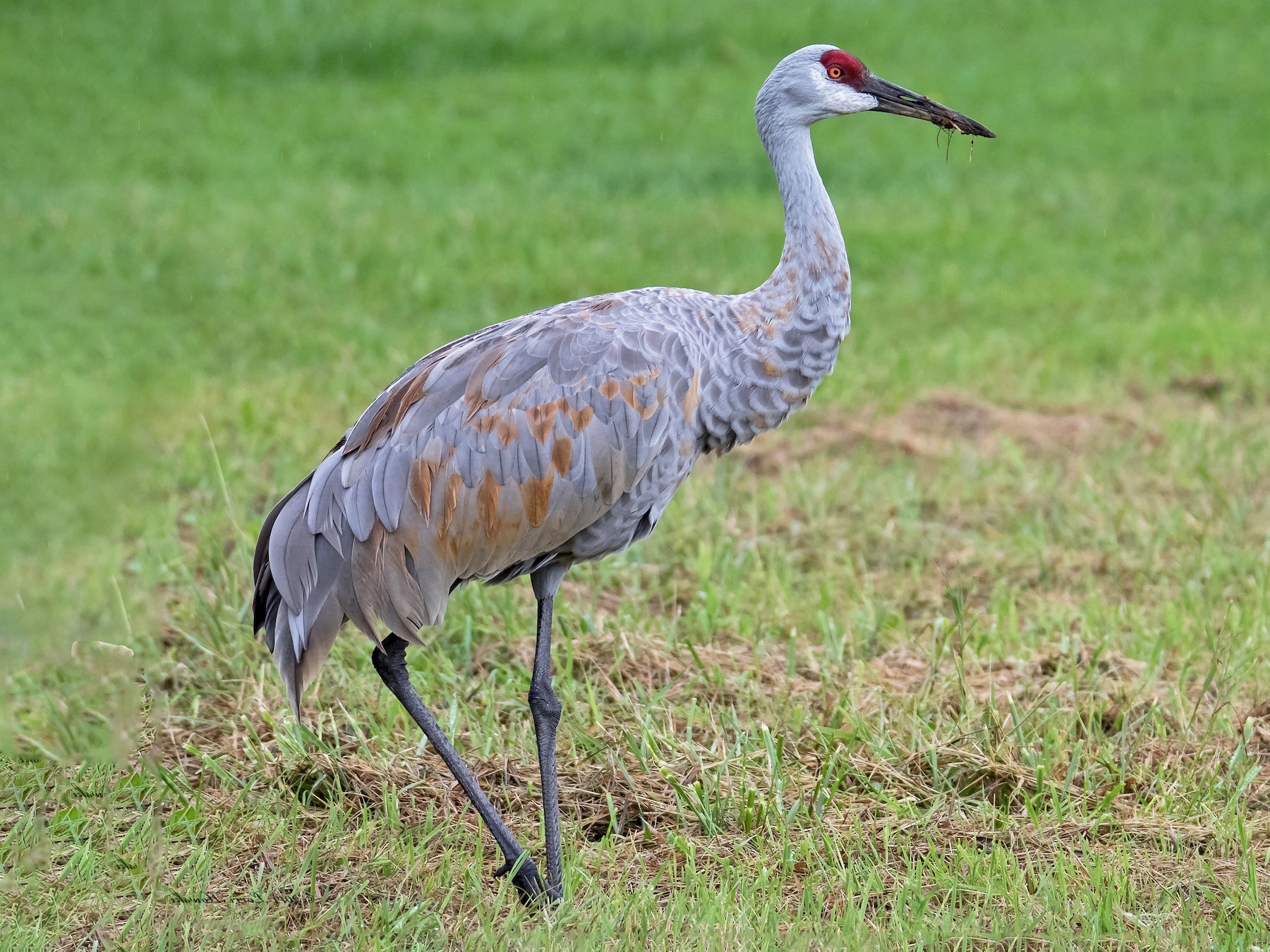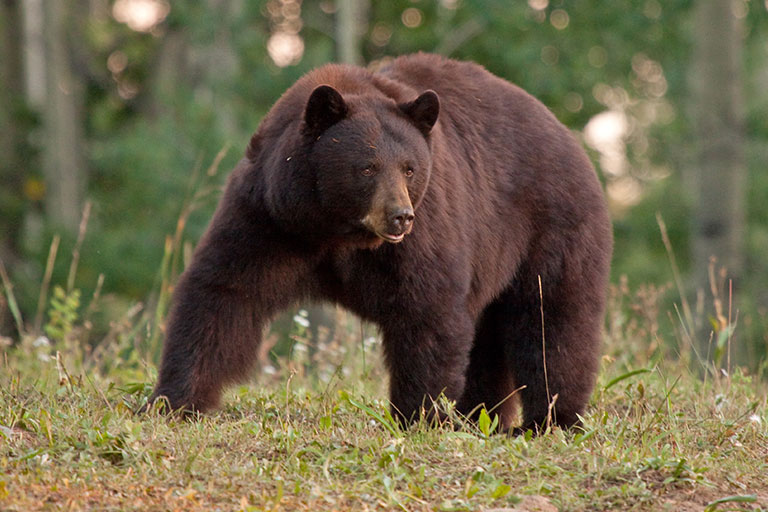
Bears
Torpor, sluggish state of inactivity for a long period of time.
Some insects like queen bumblebees enter a state of inactivity to survive winter months during times of scarce food sources. This is known as...
Diapause (hibernation for insects)
Many desert animals will escape the heat during the day by staying mostly active during the night. These types of animals are known as..
Nocturnal
We cover our extremities in the winter in order to avoid...
Frostbite
This adaptation allows for wildlife to blend into their environments.
Camouflage
Sandhill Crane
Do NOT hibernate. Instead of physically adapting or hibernating, sandhill cranes behavorially adapt by migrating in order to adapt to the cold.
This is a behavioral adaptation that birds have to survive winter months. It involves moving from one place to another.
Migration
The leaves of this plant is specialized to survive in harsh dry climates. They are shaped like funnels which create a sharp point at the end in order to better collect and conserve water. (We see these in the prairie and on hikes all the time)
A yucca plant
This can happen if you don't drink enough water. Symptoms include headache, dizziness, tiredness, dry mouth, and lips.
Dehydration
A red tailed hawk that lives at the raptor center
Ruby
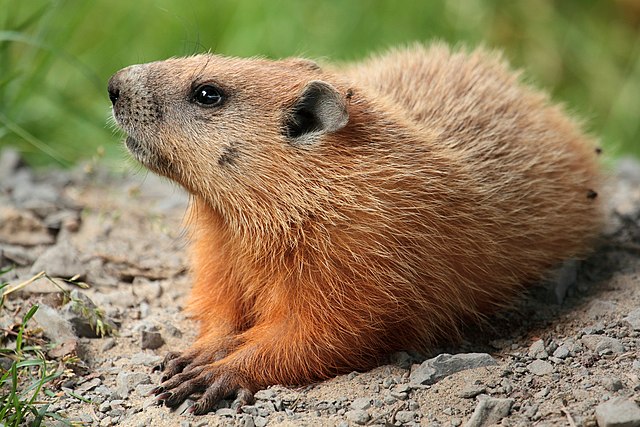
Groundhog
True hibernators
Trees and some plants shed their leaves in the fall to prepare for the winter months. Dropping leaves helps the tree conserve what?
Water, and therefore energy
This ____ coating on the outside of a cactus helps to conserve the little water it manages to collect and provides some protection from the harsh sun.
Waxy
True or false: severe weather including things like: high winds and sun exposure has a major effect on our bodies during and after exposure to the elements.
True
These animals are specialized because they only really eat and survive off of black-tailed prairie dogs. They are a keystone species, meaning they are super important to our prairie ecosystem.
Black-footed Ferrets
Skunks
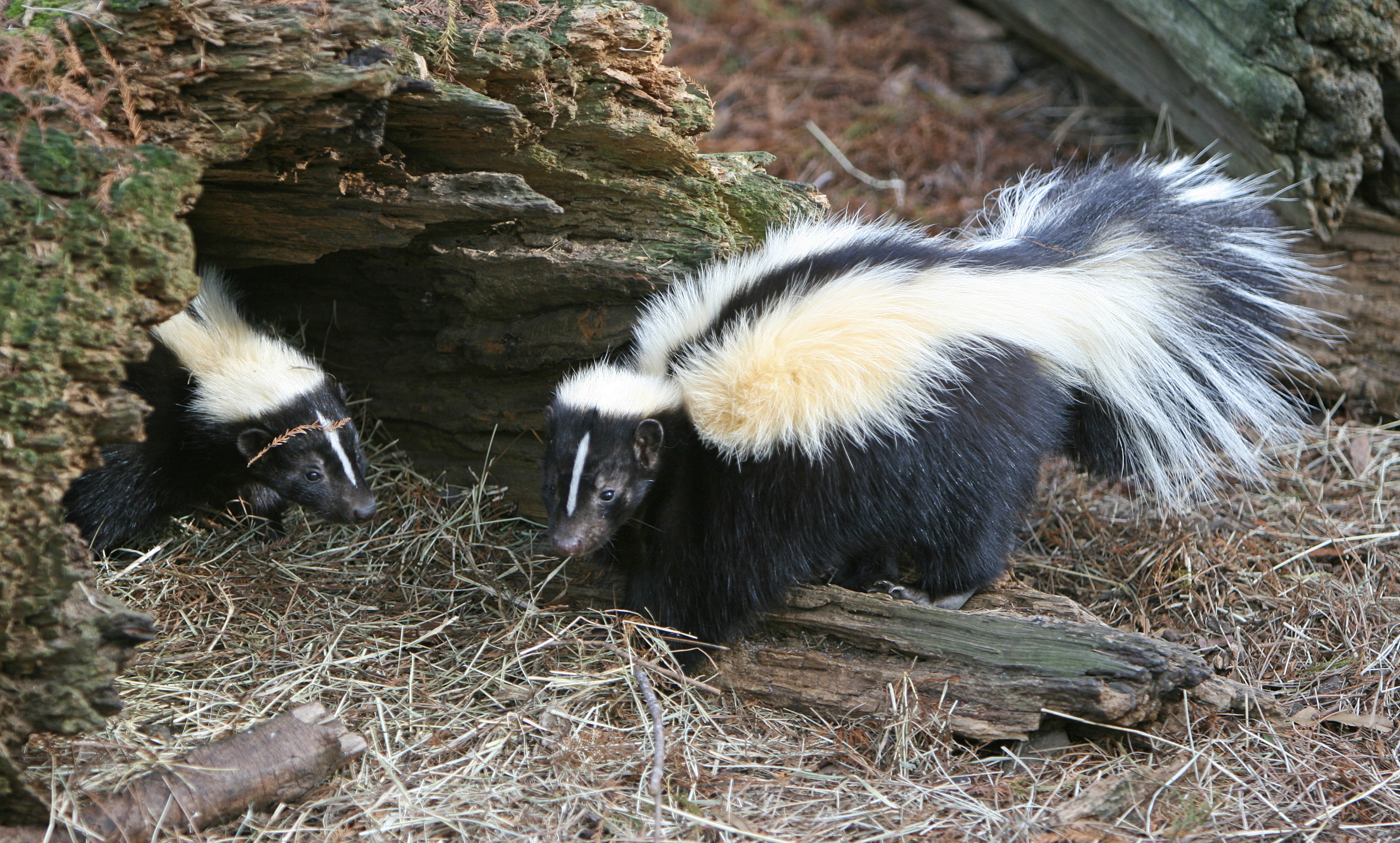
Skunks enter a state of torpor which is not true hibernation
True or false: During hibernation, animals are sleeping
False
This animal creates efficient burrows with different sections, pockets, and openings which allows for air flow inside in such a way that cools the burrow down in hot weather. Some call these guys a nuisance due to the holes they create but to me, they'll always be chicken nuggets.
Prairie Dogs
Swimming in really cold water, or prolonged exposure to cold temperatures can cause a potentially dangerous or deadly drop in body temperature. When this happens it is known as...
Hypothermia
Name this type of squirrel
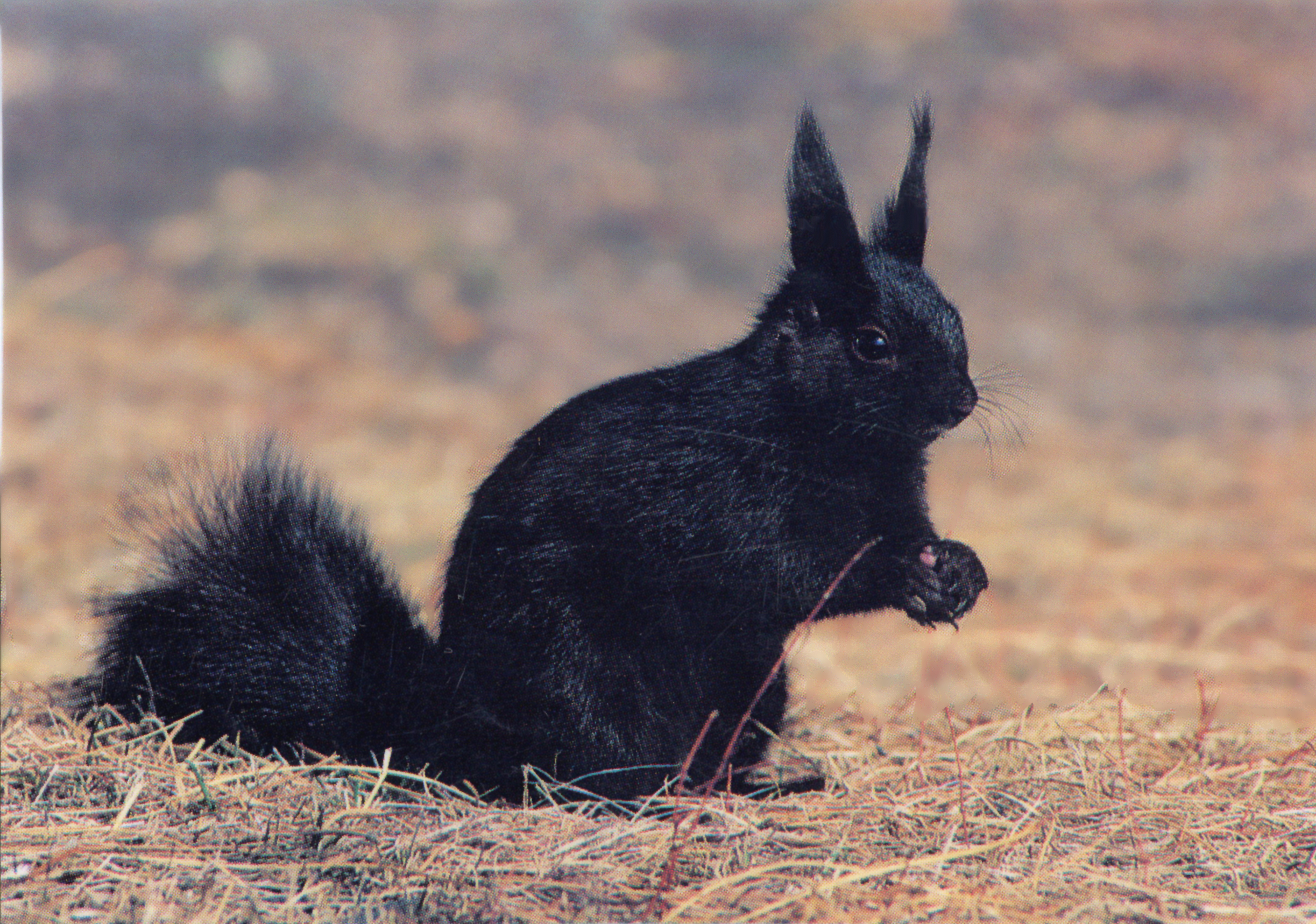
Abert Squirrel
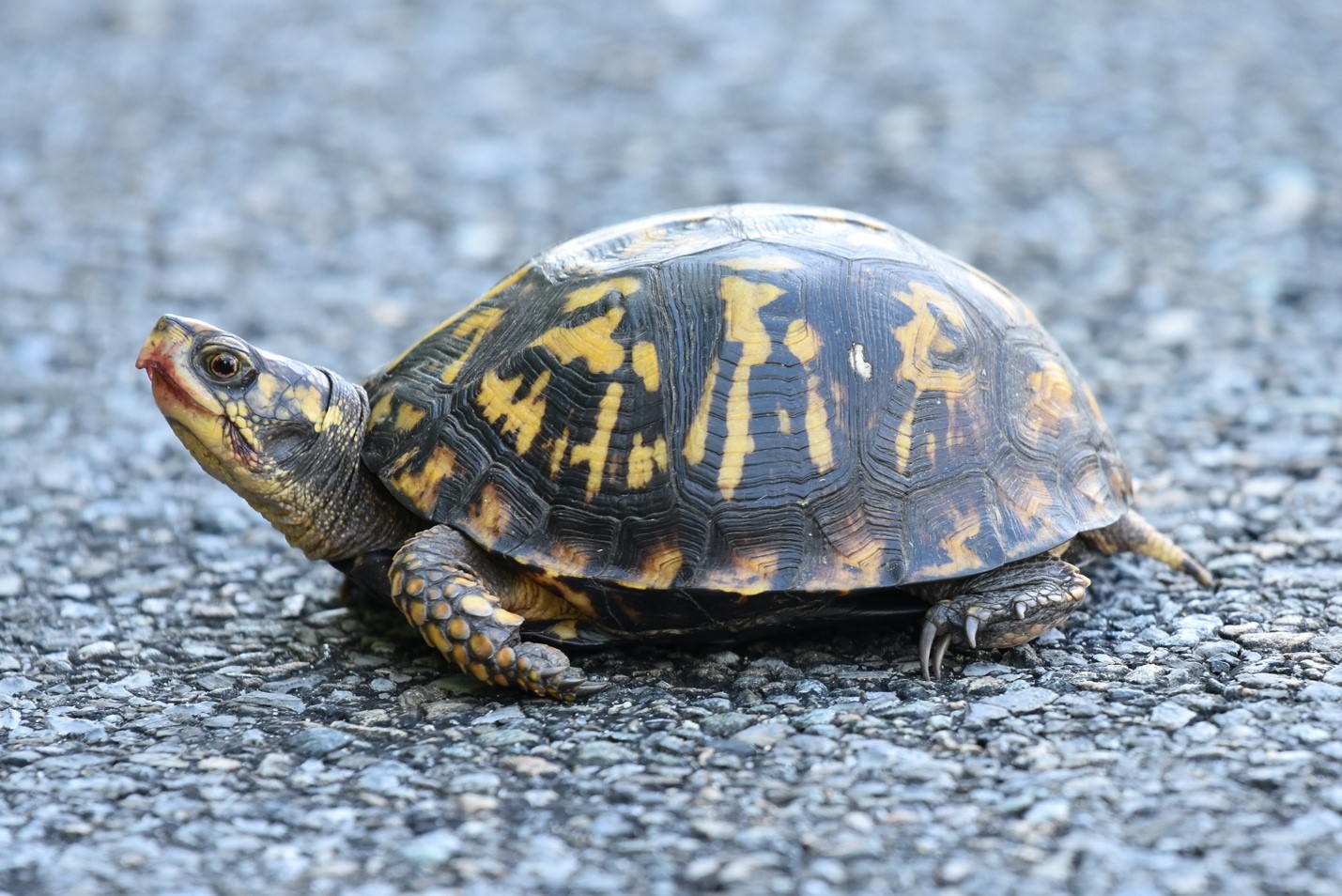
Box Turtles
Brumation! Which is a lot like hibernation for cold blooded animals. They burrow into soft soil and enter a state of sluggishness and torpor
Perennial plants stop developing and enter a state that resembles hibernation but in plants is known as...
Dormancy
There are two places where desert animals are more likely to store large amounts of body fat in order to help minimize water loss. Those two places are...
Hump on the back (like a camel), or in their tails.
If you are experiencing shivering, exhaustion or feeling very tired, confusion, fumbling hands, memory loss, slurred speech, and drowsiness while in the cold you most likely are experiencing....
Hypothermia
This type of tree is commonly seen down by the river because they reside in the riparian habitat. The leaves and branches are known to be wispy and droopy.
Willows
